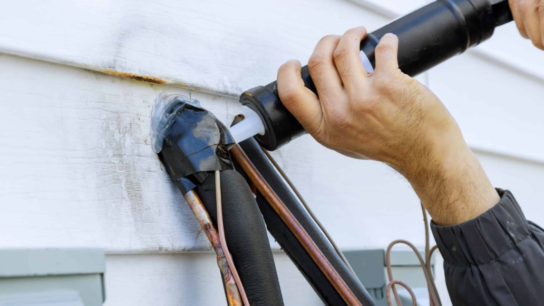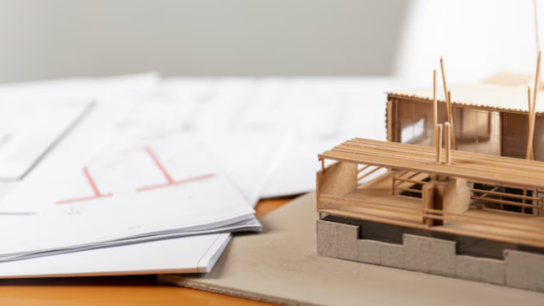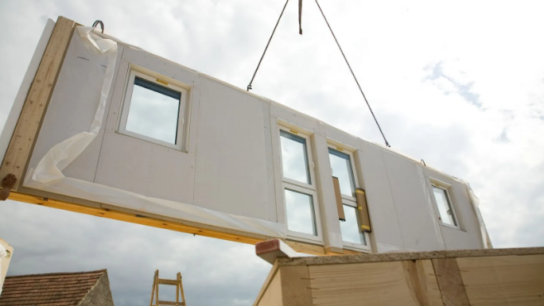Creating a home gym can be a game-changer for your fitness routine, offering convenience, privacy, and the freedom to work out on your schedule. Whether you’re setting up a dedicated gym space or incorporating fitness equipment into a multi-purpose area, having the right equipment and an effective layout are key to maximizing your workouts and achieving your fitness goals. In this guide, we’ll explore essential home gym equipment and layout considerations to help you design a functional and motivating workout space that fits your needs and lifestyle.
Subtitles:
- Choosing the Right Home Gym Equipment
- Optimizing Your Home Gym Layout
Choosing the Right Home Gym Equipment
1. Cardiovascular Equipment
Incorporate cardio machines to improve cardiovascular health and stamina:
- Treadmill: Ideal for walking, jogging, or running indoors, choose a treadmill with adjustable speed, incline, and pre-programmed workouts for variety.
- Stationary Bike: Opt for a stationary bike, such as an upright bike or recumbent bike, for low-impact cardio workouts that target the lower body.
- Elliptical Trainer: Consider an elliptical trainer for a full-body workout that combines cardio and resistance training with minimal impact on joints.
2. Strength Training Equipment
Include strength training equipment to build muscle strength, tone, and endurance:
- Dumbbells or Kettlebells: Invest in a range of dumbbells or kettlebells in varying weights to perform a variety of strength exercises targeting different muscle groups.
- Resistance Bands: Incorporate resistance bands for versatile strength training, mobility exercises, and stretching routines that improve flexibility and muscle tone.
- Weight Bench: Add a weight bench for bench press variations, seated exercises, and support during dumbbell or barbell workouts.
3. Functional Fitness Gear
Integrate functional fitness gear for dynamic and functional movement training:
- Medicine Ball: Use a medicine ball for core exercises, plyometrics, and functional movements that improve balance, coordination, and explosive power.
- Suspension Trainer: Install a suspension trainer, such as TRX, for bodyweight exercises, resistance training, and full-body workouts that target multiple muscle groups.
- Yoga Mat: Include a yoga mat for yoga, Pilates, stretching, and floor exercises that enhance flexibility, mobility, and relaxation.
Optimizing Your Home Gym Layout
1. Space Planning
Plan your home gym layout to maximize space and functionality:
- Clearance Area: Ensure sufficient space around equipment for safe and unrestricted movement, allowing for comfortable exercise execution and transitions between exercises.
- Traffic Flow: Arrange equipment in a logical flow, placing cardio machines towards the perimeter and leaving open space in the center for functional movements and floor exercises.
- Multi-Use Zones: Create multi-use zones within the gym space, such as a dedicated stretching area with a yoga mat or a designated strength training corner with a weight bench and free weights.
2. Storage Solutions
Incorporate storage solutions to keep equipment organized and accessible:
- Equipment Racks: Use equipment racks, shelving units, or wall-mounted storage solutions to store dumbbells, kettlebells, resistance bands, and other small fitness accessories.
- Vertical Storage: Utilize vertical space for storage by hanging resistance bands, jump ropes, or exercise mats on hooks or racks mounted on walls or doors.
- Compact Storage: Opt for compact and foldable equipment options, such as folding treadmills or collapsible benches, to maximize space when not in use.
3. Lighting and Ventilation
Ensure adequate lighting and ventilation for a comfortable and inviting workout environment:
- Natural Light: Maximize natural light by positioning the gym near windows or incorporating skylights to create a bright and energizing atmosphere.
- Artificial Lighting: Install bright and adjustable lighting fixtures, such as overhead lights or LED track lighting, to illuminate the gym space evenly and reduce glare during workouts.
- Ventilation System: Maintain good airflow and ventilation with ceiling fans, air purifiers, or open windows to regulate temperature, remove odors, and enhance comfort during workouts.
Conclusion
By selecting the right home gym equipment and optimizing your gym layout, you can create a motivating and effective workout space that supports your fitness journey. Incorporate a mix of cardiovascular machines, strength training equipment, and functional fitness gear to cater to diverse workout needs and preferences. Pay attention to space planning, storage solutions, lighting, and ventilation to enhance functionality, safety, and comfort in your home gym environment. Regularly maintain and organize your gym space to ensure equipment longevity and a clutter-free workout area. With a well-designed home gym, you can enjoy the convenience of exercising at home while staying motivated, healthy, and committed to your fitness goals.








